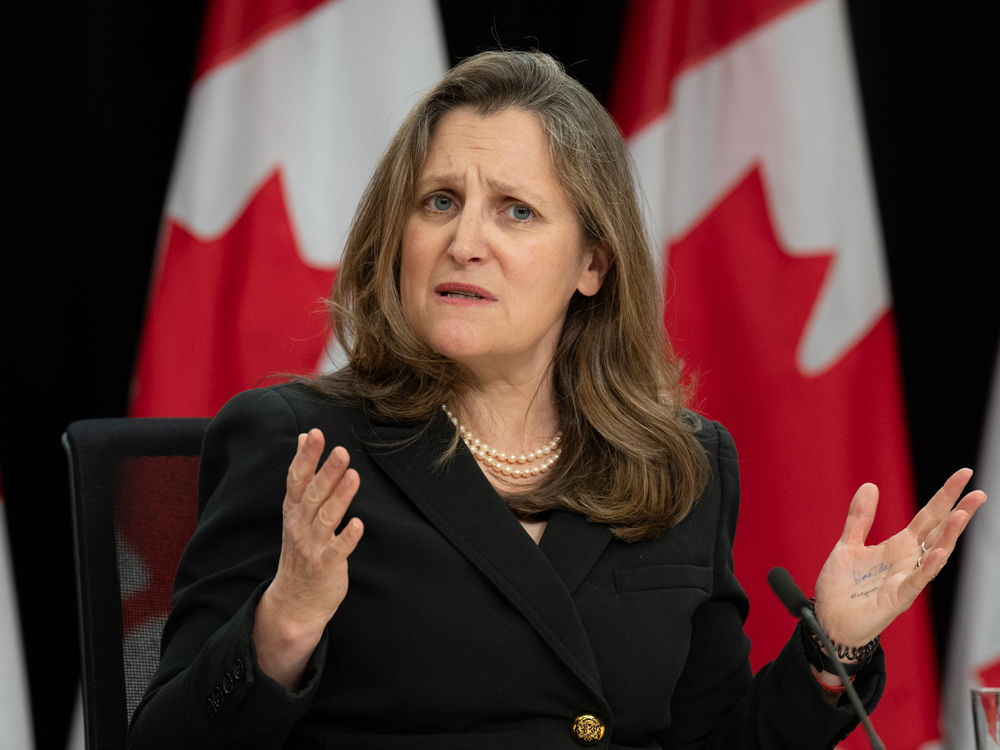Hot inflation data pushes marketâs rate cut expectations to September

As recently as January, investors had high hopes that the Federal Reserve was about to embark on a rate-cutting campaign that would reverse some of the most aggressive policy tightening in decades.
Three months of inflation data have brought those expectations back down to earth.
March’s consumer price index report Wednesday helped verify worries that inflation is proving stickier than thought, giving credence to caution from Fed policymakers and finally dashing the market’s hopes that the central bank would be approving as many as seven rate cuts this year.
“The math suggests it’s going to be hard near term to get inflation down to the Fed’s target,” said Liz Ann Sonders, chief investment strategist at Charles Schwab. “Not that you’ve put a pin in inflation getting to the Fed’s target, but it’s not happening imminently.”
There was little good news to come out of the Labor Department’s CPI report.
Both the all-items and ex-food and energy readings were higher than the market consensus on both a monthly and annual basis, putting the rate of inflation well above the Fed’s target. Headline CPI rose 0.4% on the month and 3.5% from a year ago, ahead of the central bank’s 2% goal.
Danger beneath the surface
But other danger signs beyond the headline numbers emerged.
Services prices, excluding energy, jumped 0.5% and were up 5.4% from a year ago. A relatively new computation the markets are following which takes core services and subtracts out housing — it has come to be known as “supercore” and is watched closely by the Fed — surged at an annualized pace of 7.2% and rose 8.2% on a three-month annualized basis.
There’s also another risk in that “base effects,” or comparisons to previous periods, will make inflation look even worse as energy prices in particular are rising after falling around the same time last year.
All of that leaves the Fed in a holding position and the markets worried about the possibility of no cuts this year.
The CME Group’s FedWatch tool, which computes rate-cut probabilities as indicated by futures market pricing, moved dramatically following the CPI release. Traders now see just a slim chance of a cut at the June meeting, which previously had been favored. They have also pushed out the first reduction to September, and now expect only two cuts by the end of the year. Traders even priced in a 2% probability of no cuts in 2024.
“Today’s disappointing CPI report makes the Fed’s job more difficult,” said Phillip Neuhart, director of market and economic research at First Citizens Bank Wealth. “The data does not completely remove the possibility of Fed action this year, but it certainly lessens the chances the Fed is cutting the overnight rate in the next couple months.”
Market reaction
Markets, of course, didn’t like the CPI news and sold off aggressively Wednesday morning. The Dow Jones Industrial Average dropped by more than 1%, and Treasury yields burst higher. The 2-year Treasury note, which is especially sensitive to Fed rate moves, jumped to 4.93%, an increase of nearly 0.2 percentage point.
There could yet be good news ahead for inflation. Factors such as rising productivity and industrial capacity, along with slower money creation and easing wages, could take the pressure off somewhat, according to Joseph LaVorgna, chief economist at SMBC Nikko Securities.
However, “inflation will remain higher than what is necessary to warrant Fed easing,” he added. “In this regard, Fed cuts will be pushed out to into the second half of the year and are likely to fall only 50 basis points [0.5 percentage point] with risks being tilted in the direction of even less easing.”
In some respects, the market has only itself to blame.
The pricing in of seven rate cuts earlier this year was completely at odds with indications from Fed officials. However, when policymakers in December raised their “dot plot” indicator to three rate cuts from two projected in September, it set off a Wall Street frenzy.
“The market was just way over its skis in that assumption. That made no sense based on the data,” Schwab’s Sonders said.
Still, she thinks if the economy stays strong — GDP is projected to grow at a 2.5% rate in the first quarter, according to the Atlanta Fed — the knee-jerk reaction to Wednesday’s data could pass.
“If the economy hangs in there, I think the market is, for the most part, OK,” Sonders said.
Correction: The markets are worried about the possibility of no cuts this year. An earlier version misstated the worries.




